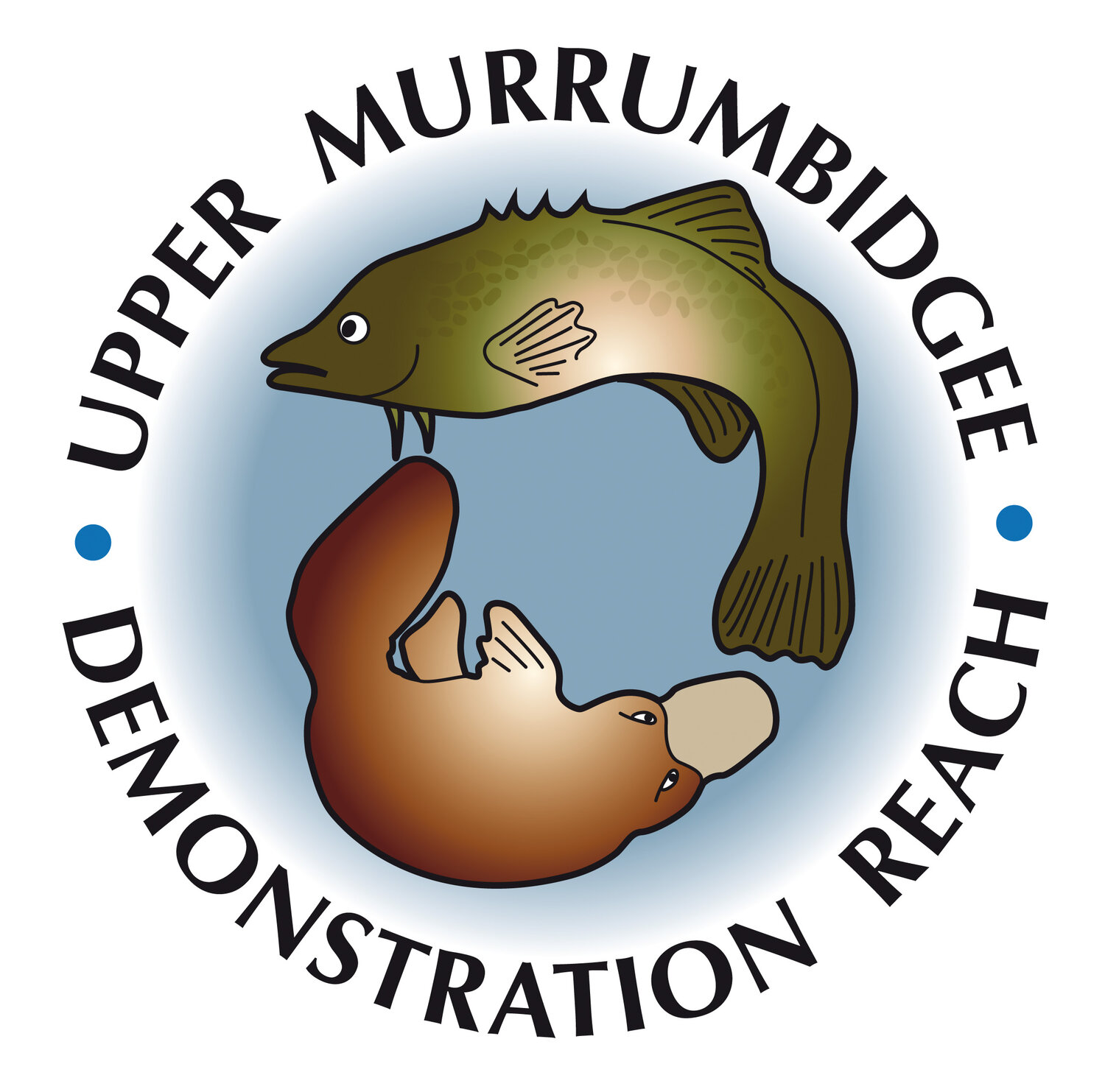Our River
The headwaters of the mighty Murrumbidgee
The mighty Murrumbidgee River is iconic. It is one of the longest rivers of Australia. It is a key river of the southern Murray Darling Basin. It runs through the country of many indigenous nations. Murrumbidgee means ‘big water’ in the Wiradjuri language. The city of Canberra, our country’s capital, is situated on its banks.
The upper Murrumbidgee River includes the upper most section of the Murrumbidgee River from its headwaters to Burrinjuck Dam downstream of the ACT. It rises in the snowy Ngarigo country, at the base of the Fiery Range of the Snowy Mountains, from where it flows south-east and then to the north through the Monaro Plains and on through Ngunnawal country of the Australian Capital Territory region down to Burrinjuck Dam.
The habitats and ecosystems of the upper Murrumbidgee River are quite varied and some are in really good condition. At its very beginnings the river flows through beautiful wide open grasslands and swampy meadows of the snow country which contain the springs where the river rises. This part of the Murrumbidgee River is in Kosciuszko National Park, where unfortunately these areas are now being allowed to be heavily impacted by feral horses. Tantangara Dam captures 95% of the headwater flows and diverts them to Eucumbene Dam.
From the snowy plains the river flows through a series of steep, rocky and very scenic gorge sections where undisturbed native vegetation and high habitat complexity remains. These gorge sections alternate with sections where the river meanders through wide floodplains with deep soils which have generally had their native vegetation entirely cleared entirely and are used for rural and urban activities.
Native fish species of the Upper Murrumbidgee catchment include:
Trout cod (Maccullochella macquariensis) THREATENED SPECIES (ACT/NSW/CWEALTH)
Macquarie perch (Macquaria australasica) THREATENED SPECIES (ACT/NSW/CWEALTH)
Mountain galaxias (Galaxias olidus)
Stocky galaxias (Galaxias tantagara)
Murray cod (Maccullochella peelii peelii) THREATENED SPECIES (CWEALTH)
Golden perch (Macquaria ambigua)
Silver perch (Bidyanus bidyanus) THREATENED SPECIES (ACT/NSW)
River blackfish (Gadopsis marmoratus) THREATENED SPECIES (ACT)
Western carp gudgeon (Hypseleotris klunzingeri)
Australian smelt (Retropinna semoni)
Murray river crayfish (Euastacus armatus) THREATENED SPECIES (ACT)
Other significant aquatic species which live in the upper Murrumbdigee River include the Platypus, Rakali, Southern long necked turtles and the Eastern water dragon.
The science tells us that the upper Murrumbidgee is considered to be in a state of decline, yet the river is home to small, yet resilient populations of native fish which provides a basis for supporting the conservation and recovery of species that depend on it. This includes two nationally significant populations of threatened native fish species- the Macquarie perch and the Murray cod.
One of the reasons why the upper Murrumbidgee River is able to support these species is that the river has significant areas in better ecological condition- such as in the steep rocky gorges where high quality riparian (found along the side of the river) and instream habitat provide breeding and refuge habitat.
Protecting habitat, improving river health and reducing threats are key priorities to help our native fish thrive! Important actions include:
Connecting riparian and instream habitat- especially along the broad valley flats of the upper Murrumbidgee, where the landscape has been altered by rural and peri-urban activities;
Protecting native vegetation by controlling woody weeds such as willows, blackberry and Box elder;
Improving and building instream habitat, especially in areas which are being silted up and smothered by sand;
Improving flow management (the upper Murrumbidgee River is highly regulated by Tantangara dam at its headwaters);
Improving water quality;
Reducing the impact of feral species including pest fish;
Fostering river stewardship by those that live along and visit our river; and
Supporting First Nation communities.
Our work
Our work is guided by nine strategic priority areas as determined by our management plan.






